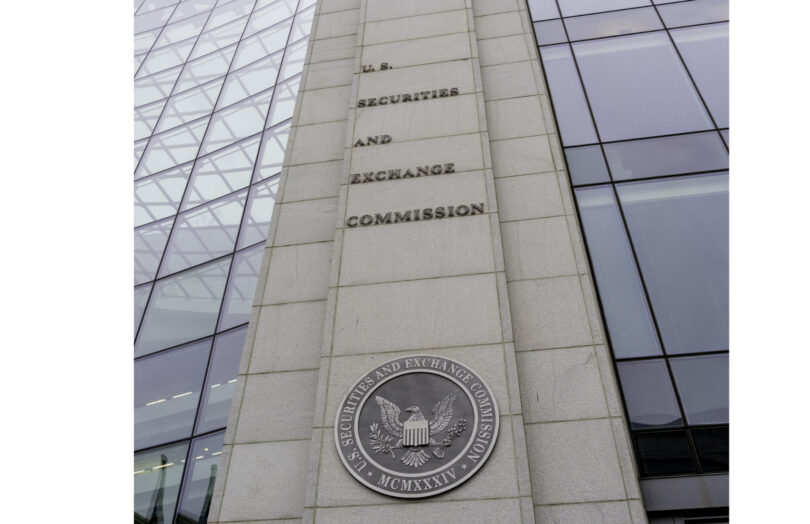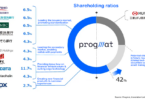Last week the U.S. Securities and Exchange Commission (SEC) issued a statement on stablecoins, outlining how some ‘covered’ stablecoins will not be considered as securities. Unsurprisingly, this mainly includes certain fiat-backed stablecoins that do not provide a yield or interest to the stablecoin holders.
For those stablecoins that don’t qualify as covered, the SEC doesn’t say they are securities, it just does not express a view about them. That includes non-USD stablecoins, commodity linked stablecoins and algorithmic stablecoins.
Our interpretation of the statement is that Tether would not be classed as a ‘covered’ stablecoin. That’s because the SEC requires reserves for USD stablecoins to be held in “low-risk and readily liquid” assets and explicitly states that these “do not include precious metals or other crypto assets.” Around 9% of Tether’s reserves are metals and crypto. At least another 8% of Tether’s reserves would almost certainly not qualify as low risk and readily liquid.
Some might argue that the SEC statement is redundant given that there will soon be stablecoin legislation. However, the precise timing is not clear and the world marches on in the meantime. It removes some legal uncertainty from Circle’s IPO, although others are pulling their stock market listings following the recent tariff-linked market turmoil. The statement also potentially allows the SEC to sidestep questions around the new USD1 stablecoin from World Liberty Financial, which is controlled by the Trump family.
Legal basis for stablecoins
The SEC’s rationale for considering that covered stablecoins are not securities relied in part on a 1990 legal case, Reves v. Ernst & Young, involving promissory notes, which established the Reves Test to assess whether an issuance resembles something that is a security.
It takes into account various factors, including whether the motivation for an issuance is to raise money for the issuer or to enable a commercial purpose. Given a stablecoin issuer is not meant to use the reserves, it passes on this ground. The broader the distribution, the more likely it is to be a security, a test one might expect stablecoins to fail. However, the SEC said that for stablecoins, the secondary market is not for speculation or investment but to stabilize the value of the stablecoin.
To be classed as a security, investors are likely to expect a profit, which isn’t relevant for non-yield bearing stablecoins. Finally, if there is a risk reducing factor, it makes protection via securities regulations unnecessary. The SEC considers the existence of a low risk reserve as addressing this point.
However, the sole remaining Democrat Commissioner Caroline Crenshaw dissented, especially on this last point. One of her concerns is that while stablecoins should be redeemable, retail holders cannot do so directly. Hence, “it is the intermediaries, not the issuers, whose actions matter,” she wrote. In her view, the reserves only indicate one side of the balance sheet, whereas the issuer might have liabilities beyond the stablecoin issuance. Today, pre-legislation, stablecoin holders would not have preferential treatment in a bankruptcy.
Hence, Commissioner Crenshaw disagrees regarding the risk reducing factor. She wrote that stablecoins are opaque, “uncollateralized, uninsured, and laden with risk at every step of their multi-layer distribution chain. They are risky business.”
Other SEC digital asset changes
The stablecoin statement is another step in the new SEC management’s moves to provide greater clarity to the digital assets sector.
On Friday evening, Acting Chair Mark Uyeda outlined on X several other areas that it plans to revisit. These include various guidance notes on considering cryptocurrencies as investment contracts, qualified custodians, and funds investing in Bitcoin futures markets.
So far the SEC has rescinded SAB 121 that prevented banks from providing digital asset custody and gave guidance on meme coins and crypto mining. It has also created a crypto taskforce, held the first of several crypto roundtables, and withdrawn from various legal cases.






